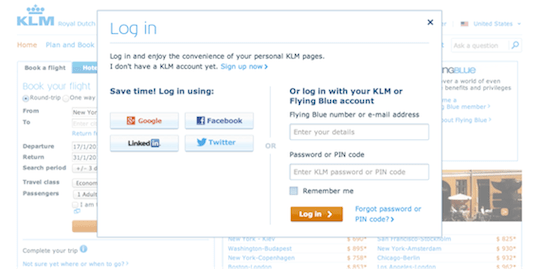Since the dawn of MySpace, social media has managed to creep into every area of our lives. Admit it: you check yourself in at the airport, find all of your favorite recipes on Pinterest, and even catch yourself thinking 140 characters at a time. Social networks have infiltrated business as well, with both B2C and B2B marketers realizing that the only way to effectively connect with modern consumers is to build social experiences around their brands, products and services.
Although they were at one time considered the north and south poles of marketing, social now plays a significant role in shaping search results. Here are three reasons why your SEO strategies need to be social, and how you can start leveraging social media to improve your search performance today.
More UGC = Better SEO
SEO is a huge pain point for many marketers as they struggle through keyword discovery and fight against the conglomerates that be to surface under phrases that people actually use. When it comes to search rankings, relevant, quality content is key, and when customers post comments or reviews and syndicate them across their social networks, they provide valuable user generated content that improves keyword performance. User generated content is especially useful because it puts your product or service in terms typically used by consumers, uncovering new keywords and increasing searchability. Websites that feature ratings and reviews typically experience a 10-20% increase in CTR on search engine results pages (Inchoo).
#SearchingForHashtags
Once a Twitter-ism, the hashtag has emerged as an acceptable and universal means of communication across the digital landscape, even finding its way into verbal conversations. Consumers now classify and search for specific content using hashtag terms across social networks like Pinterest, Instagram and LinkedIn, and search engines including Yahoo, Google and Bing have recently amplified hashtag visibility in search results. Smart brands are increasing reach and visibility by leveraging both new and existing hashtags to optimize event promotions, user generated content, branding initiatives and more.
“Social Search Engines”
Over the past several years, major search engines have been increasingly relying on users’ social graphs to provide relevant and timely search results. For example, not only does Bing showcase tweets and other social media posts related to users’ searches, but by connecting Bing with their Facebook profiles, users can also see status updates and photos that their connections have posted that are relevant to their search terms. Connecting with consumers via social, having a strong social presence and increasing content shares across networks is becoming mandatory for brands as search results become increasingly social.
As the paths to search and social success continue to merge, only the brands that learn how to incorporate social media into their search strategies will rise above the competition - literally.
